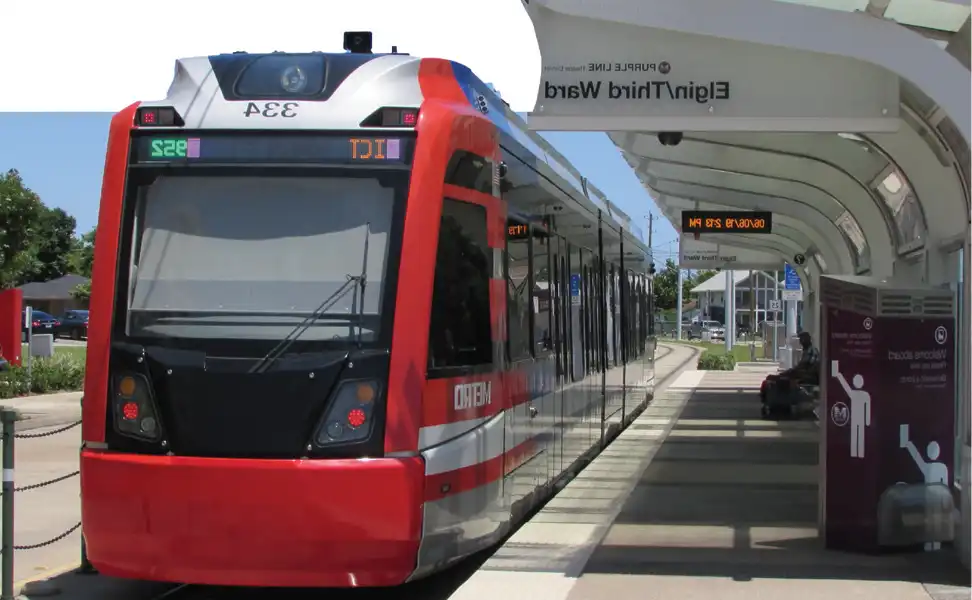By: Bill King
One of the arguments transit advocates regularly use to justify the billions spent by taxpayers every year on mass transit is that it reduces greenhouse gas (GHG) emissions. However, the data is clear that its actual effect on GHG emissions is negligible.
The easiest way to demonstrate this is through a thought experiment that assumes all trips currently made in passenger vehicles could be converted to transit. Of course, it is impossible to convert every passenger trip to transit, but the exercise will give us the outside limit of how much transit could reduce GHG emissions.
The EPA has issued a report that estimated the to- tal U.S. GHG emissions as 2022 at 6,343 metric tons and breaks down the sources of those emissions. Transportation makes up 29% of the total. Of the total emissions attributed to transportation, Emissions Cont. the EPA estimates that 57% are due to “light-duty ve- hicles.” It attributes 20% to passenger vehicles and 37% to “light-duty trucks, which include sport utility vehicles, pickup trucks, and minivans.”
The EPA lumping all light-duty trucks into the same category creates some difficulty in estimating potential savings from transit. Many families use SUVs, pickups and minivans as passenger vehicles. But many light-duty trucks are also used by busi- nesses for deliveries and service calls. Those trips cannot be converted to transit.
But for the purposes of this thought experiment, I am going to assume that all of the light-duty truck use could be converted to transit, which is clearly a gross overestimation. Making that assumption, the total share of GHG emissions from all light-duty vehicles is 16.5% (29% x 57%).
However, mass transit is not GHG emission free. So, the next thing we need to know is how much
the various modes of mass transit reduce GHG emissions. This is a chart that was prepared by the Federal Transit Administration (FTA), showing the relative emissions for passenger cars compared to various modes of transit, and from which it con- cludes that transit would reduce GHG emissions from personal autos by over half (1-(.45/.96)=53%). There are several things to note about this chart.
The first is that tied for second in reducing emissions are van pools. Yet, in the balance of the FTA report it does not mention van pools again. All of its promo- tion of transit as a source of emission reductions is devoted to buses and trains. Of course, no one makes billions of dollars off organizing van pools.
The second important thing to note is that the chart uses GHG emissions per passenger-mile trav- eled. This is important because the amount of emis- sions per passenger-mile varies dramatically based on how many people are traveling together for each mode.
The FTA chart assumes various load factors rang- ing from 28%-56% for transit modes, but assumes that every car has only a single occupant. This is denoted by the parenthetical “SOV” under “Private Auto” col- umn. However, if a private auto has two passengers, then its emissions would be










